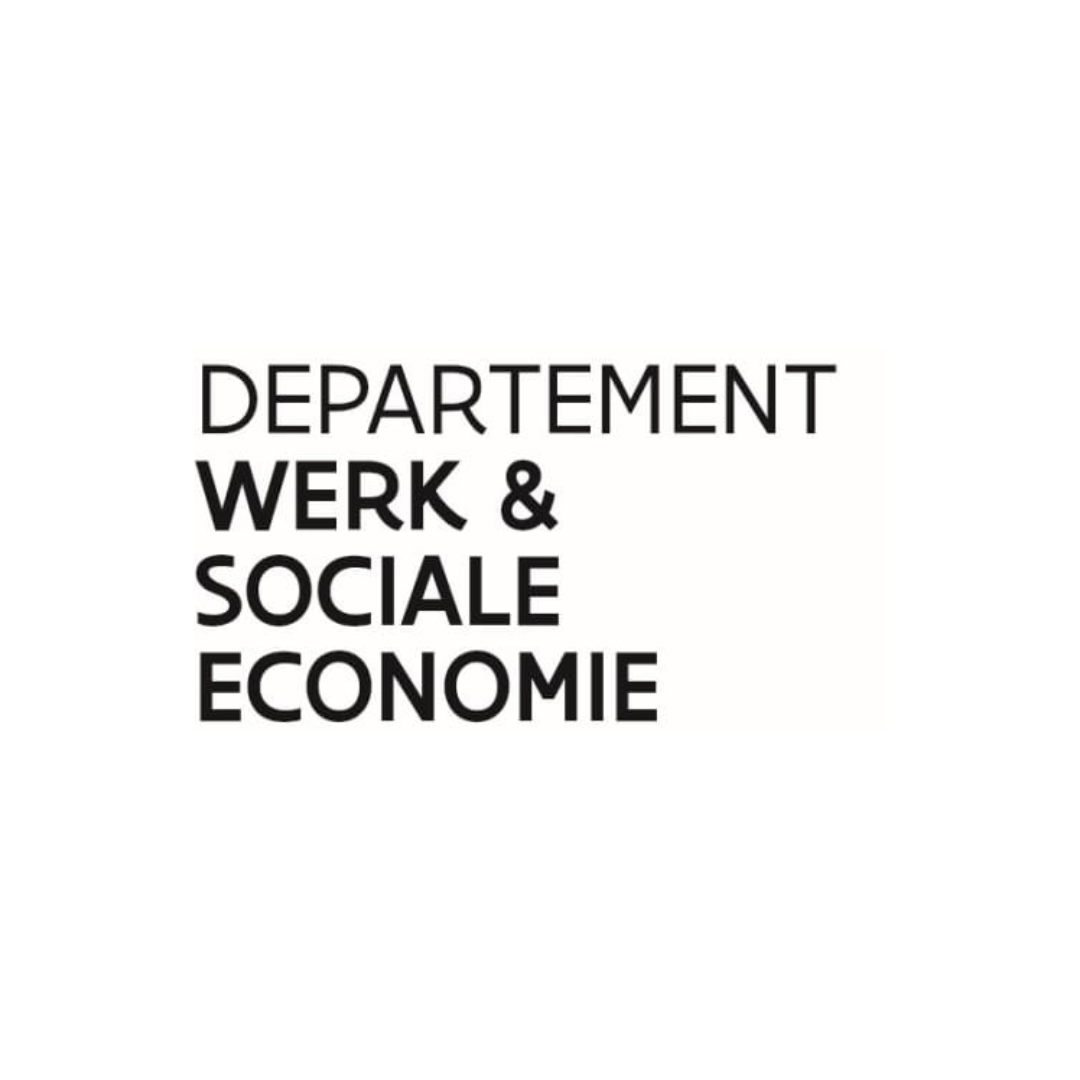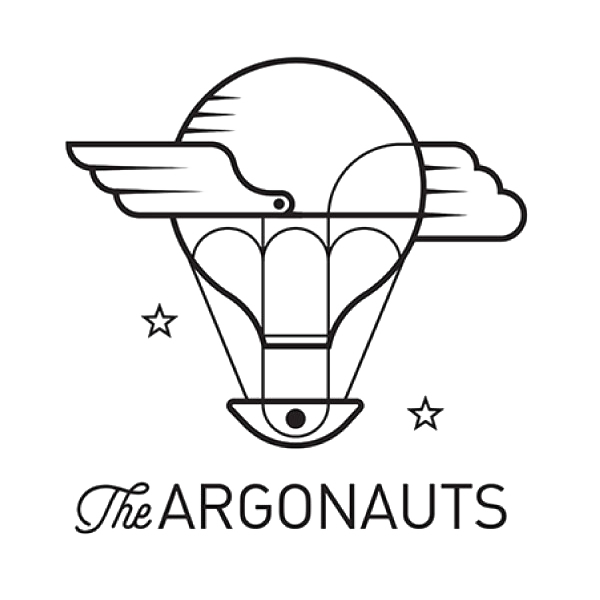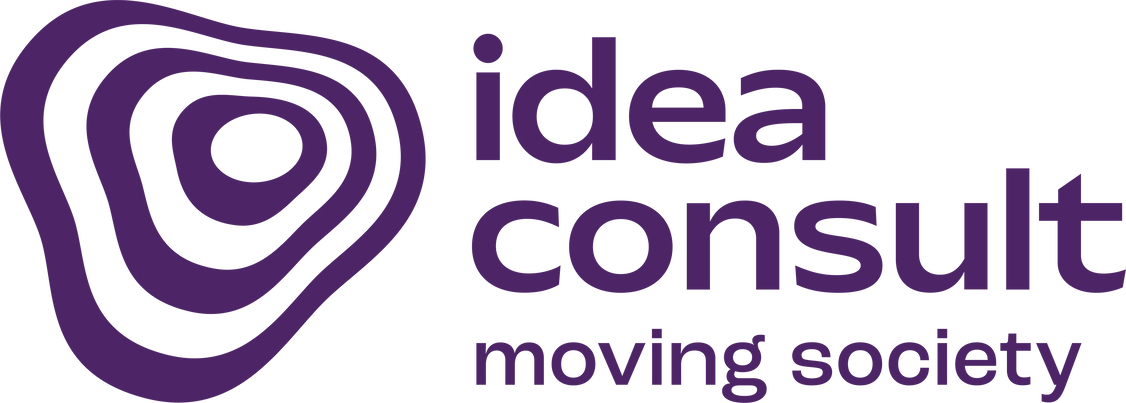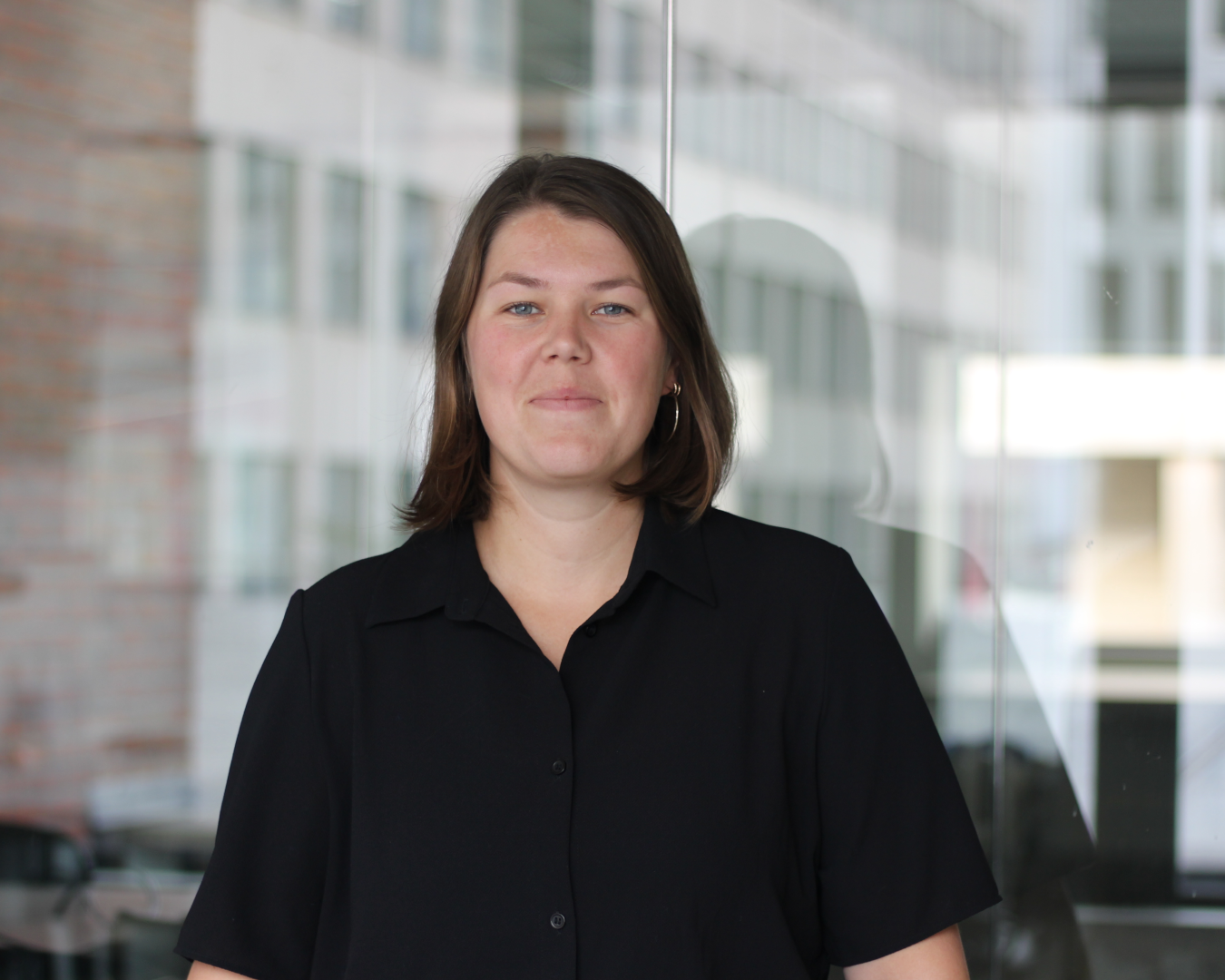We work on more than 300 projects every year.

Mapping the field of lifelong learning
Lise Nackaerts
The challenge
One of the 7 objectives of the Action plan on lifelong learning is to reach a supported knowledge agenda on lifelong learning (LLL). This knowledge agenda is important for the Lifelong Learning Partnership, among other things, to mobilise both policy and the various actors in the field. To succeed in this and share accumulated knowledge with the actors, it is crucial to have a good insight into those actors, their characteristics and mutual relationships in the field. This assignment responds to this by mapping the set and diversity of actors, their characteristics and relationships.
The process & results
To map the field, we started from the definition of LLL included in the Action plan on lifelong learning. Based on this definition, we started collecting actors and their characteristics via desk research and targeted emails to request additional data from known players in the field. During several internal and external working sessions with stakeholders from the field, the roles and relationships in the field were identified, as well as additional input regarding hitherto missing actors. Feedback on the mapping was also obtained via various steering groups and during a presentation for the Lifelong Learning Partnership.
A total of 3818 actors were identified in the mapping. To structure this, these actors were divided into 122 clusters. For each of these clusters, the roles they take up within the LLL field of action were determined. 13 roles were identified and structured in relation to each other, i.e. learner, provider, facilitator/supporter, competence recogniser, policy maker, quality controller, financier, supplier, advisor, advocate, knowledge developer, director and innovator.
Concretely, the assignment resulted in a tool ‘mapping of the LLL work field’, which was integrated in the Lifelong Learning dashboard, and an accompanying final report explaining the creation process and describing how the mapping can be used and adapted. Besides a list of actors and their characteristics, the mapping also contains a meta-map that maps the global structure of the field and the interrelationships between the roles. In addition, the tool also contains an overview page with some summary figures that can be derived from the mapping, a visualisation of all roles and the clusters per role, a geographical map with the actors and a series of role-specific pages visualising the clusters and actors per role.
This mapping is relevant for policy makers in the field, the central (Flemish) government and more specifically within the Lifelong Learning Partnership. The mapping can be used as a tool for the further elaboration of the different actions in the Action plan on lifelong learning and as a starting point for discussions on various LLL themes, such as supply, partnerships, funding, recognition, qualifications, et cetera.
Partners in this project


